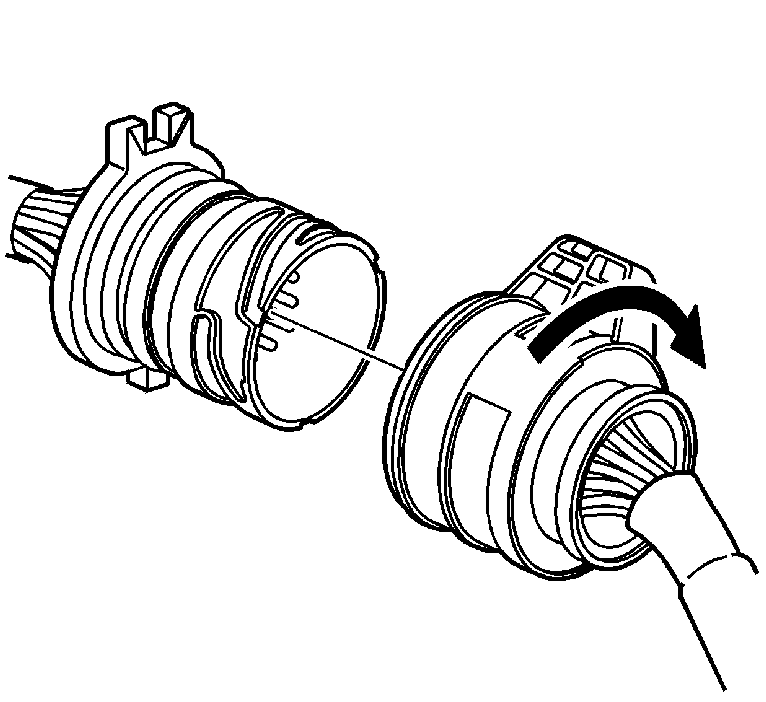
The transmission electrical connector is an important part of the transmission
operating system. Any interference with the electrical connection can cause the transmission
to set diagnostic trouble codes (DTC) or affect proper operation.
The following items can affect the electrical connection:
| • | Bent terminals in the connector from rough handling during connection
and disconnection |
| • | Wires backing away from the pins or coming uncrimped, in either the internal
or the external wiring harness |
| • | Dirt or moisture contamination entering the connector when disconnected |
| • | Pins in the internal wiring connector backing out of the connector during
connection |
| • | Transmission fluid leaking into the connector, wicking up into the external
wiring harness and degrading the wire insulation |
| • | Low terminal tension in the external connector from excessive connection
and disconnection of the wiring connector assembly |
| • | Terminal corrosion from contamination |
| • | Damaged connector or connector lock assembly |
Remember the following points:
| • | In order to disconnect the connector, turn the connector clockwise and
pull. |
| • | Do not pry the connector with a screwdriver or other tool. |
| • | The connector should screw into place with a positive feel and lock when
properly installed. |
| • | Whenever the transmission external wiring connector is disconnected from
the internal harness and the ignition is ON, transmission DTCs will set. Clear these
DTCs after reconnecting the transmission connector. |

